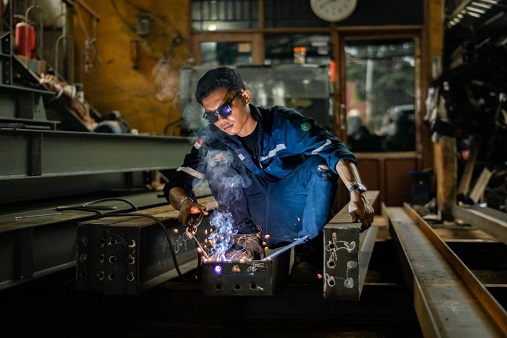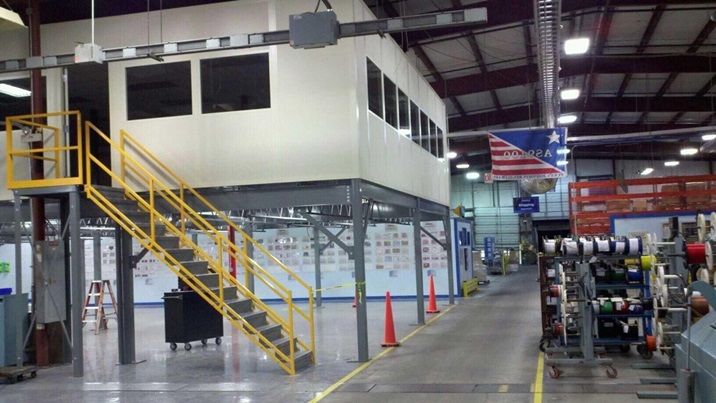Moulding is a critical process in manufacturing, enabling the creation of products by shaping materials within a mould. This process is used across industries to produce everything from simple plastic containers to complex automotive parts. The choice of moulding technique depends on various factors, including the type of material, the complexity of the design, and the desired production volume. This article will explore some of the most common moulding techniques, providing insight into how they work and where they are typically applied.
Types Of Molding Techniques
Moulding techniques are essential in manufacturing, enabling the creation of various products by shaping materials within moulds. These techniques ensure precision, efficiency, and versatility in producing everything from everyday items to complex industrial components. Let’s take a look at them:
Injection Molding
Injection moulding is one of the most popular and versatile moulding techniques. It involves injecting molten material, typically a thermoplastic, into a mould cavity. The material cools and solidifies, taking on the precise shape of the mould. This method is highly efficient and is widely used in mass production, particularly for creating intricate parts with tight tolerances.
For example, injection moulding is commonly employed to manufacture plastic components for toys, medical devices, and consumer electronics.
Blow Molding
Blow moulding is designed to create hollow objects such as bottles and containers. The process begins with heating a plastic tube, a parison, which is then inflated inside a mould cavity. Air pressure forces the plastic to conform to the shape of the mould, resulting in a hollow object. This method is particularly efficient for producing large quantities of uniform products. Blow moulding is used extensively in the packaging industry to produce plastic bottles and containers.
Compression Molding
Compression moulding is a process where a preheated material, typically a thermosetting resin, is placed into an open mould cavity. The mould is then closed, and heat and pressure are applied to shape the material into the desired form. This technique is beneficial for producing large, heavy-duty parts that require high durability. In industries such as automotive, compression moulding is often used to produce components like fenders, hoods, and gaskets.
Rotational Molding
Rotational moulding, or roto-moulding, is a process used to create hollow, seamless products. It involves placing powdered plastic into a hollow mould and rotating along two perpendicular axes. As the mould rotates, the plastic melts and evenly coats the inside of the mould, forming a hollow object upon cooling. This technique is ideal for manufacturing large, hollow items such as water tanks, playground equipment, and kayaks.
Extrusion Molding
Extrusion moulding is a continuous process used to produce long, continuous shapes such as pipes, sheets, or profiles. In this method, molten material is forced through a die to create the desired shape, which cools and solidifies as it exits the die. This technique is particularly advantageous for producing uniform products in high volumes.
Extrusion moulding is widely used in construction for manufacturing pipes and window frames and the food industry for producing items like pasta and snacks.
Vacuum Molding
Vacuum moulding, or vacuum forming, is a technique where a plastic sheet is heated until it becomes pliable and then drawn over a mould by vacuum suction. The plastic conforms to the shape of the mould and retains this shape once cooled. This process is ideal for creating lightweight, detailed components quickly and cost-effectively.
Vacuum moulding is commonly used in the automotive industry to produce parts such as dashboards and interior panels, as well as in packaging and custom prototype creation.
Conclusion
The choice of moulding technique is crucial in manufacturing, as it impacts the quality, cost, and production efficiency. Each method has its strengths and is suited to specific applications and materials. Whether producing large industrial parts or intricate electronic components, selecting the proper moulding process is essential for success. Engaging with an experienced mould builder can also significantly enhance the quality of your products. Understanding these various techniques will help manufacturers make informed decisions, leading to the production of high-quality, durable products.









